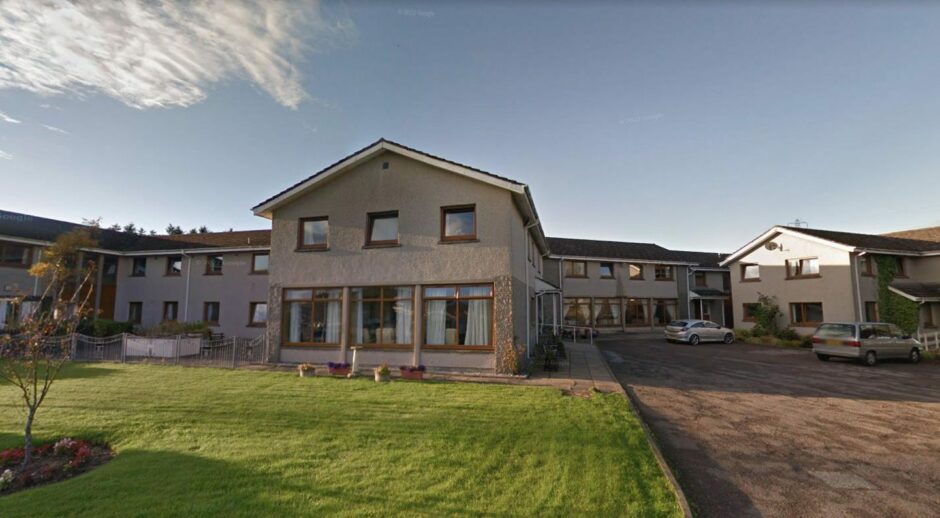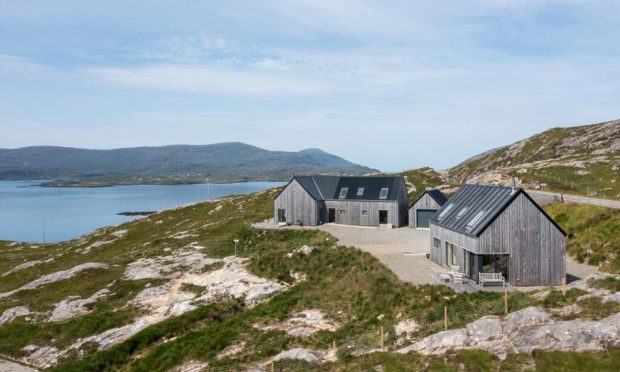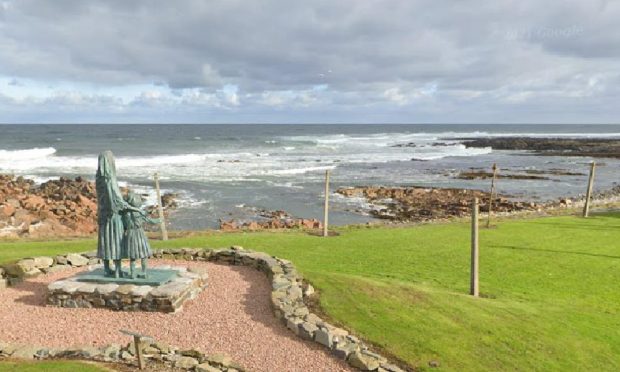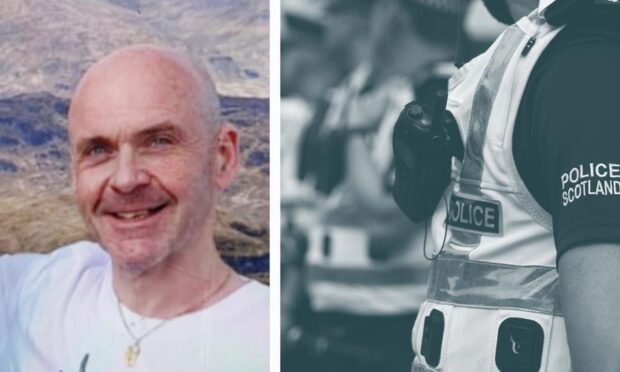Scottish Care chief Donald Macaskill has warned rising energy bills could be “devastating” for care homes and lead to closures – increasing the risk of residents unexpectedly dying.
With the looming announcement by the energy regulator Ofgem that the energy price cap will rise again, households are bracing for a tough winter ahead.
While there has been extensive coverage of individual households facing eye-watering energy bills, care homes could also have bills rise six-fold later in the year.
Chief executive of Scottish Care, Donald Macaskill, warned that homes do not have much room to manoeuvre when saving energy.
Some residents require specialised equipment like ventilators that use energy to keep people alive.
Due to the reliance on energy, Mr Macaskill says several high-performing care homes have been forced to close in the last few months.
On BBC’s Good Morning Scotland, he said: “We are deeply worried that over the next few months without significant Westminster intervention, many more care homes and care organisations will not be able to stay in business.
‘We are at the mercy of the market’
“All care homes are classed as businesses and therefore are not subject to the energy price cap, the maximum amount companies can charge for energy.
“We are at the mercy of a market which has shrunk and which is now reaching amazing levels.
“For example, a small charitable care home in the north of Scotland uses £26,000 worth of electricity and gas a year and is now faced with the cheapest option for next year’s supply being £180,000.
“That care home will go out of business which means devastation for the residents and local community and it means the unsustainability of the NHS in that area because residents will probably have to move into the local hospital putting additional pressure on services.”
Some care organisations like Parkland Care Homes – with homes in Keith, Granton and Aberlour – have negotiated a fixed price.
However, they are also fearing the looming impact of increasing costs.
Managing director Ron Taylor told The Sunday Post: “There is no doubt the huge increase in energy costs is having a disproportionate impact on the care sector.
“Fortunately, Parklands has fixed its energy costs up to 2024, but thereafter we expect to pay an additional £500,000 a year, which is unsustainable.
“We are looking at renewable energy options, including the use of solar power to help reduce our energy costs over the longer term.
Moving care home can be dangerous for ‘very fragile’ residents
“However, other care providers are being hit with an immediate and substantial increase in energy bills and, sadly, we are seeing some homes close as a result.”
Mr Macaskill says that of the 1,200 care homes in Scotland around 90% are in difficulty, given the rise in energy but warns small, family-run homes are most at risk.
He also said that moving residents from one care to another is a traumatic experience that could pose a serious risk to their health.
He said: “Devastatingly, the research has shown for people in a very fragile state of life, to have to move, regardless of how good the place they are moving to is, sadly a disproportionate number will die within six months after they move.
“This is for many a decision, that will cause shortening of life. What matters here is the individual resident, and we need to prevent closures to enhance the lives of those individuals.”












Conversation